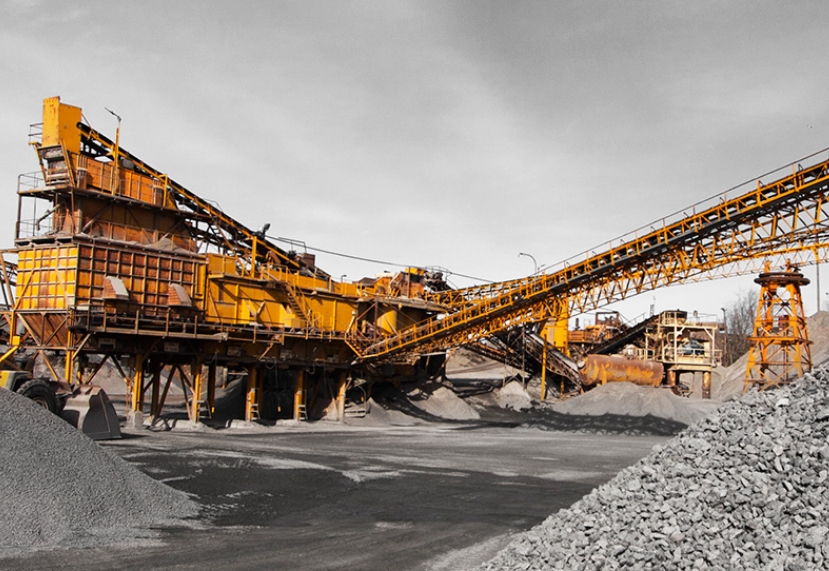No it will not, the MR measurement is tolerant of high levels of magnetic minerals such as pyrrhotite and magnetite.
No. Because the MR measurement is a true bulk sensing technology, surface conditions of rocks, such as wet surface or caked-on dust, do not affect the measurement. The method is insensitive to ore particle size variation.
Yes, the MR Analyser can be configured for simultaneous detection of multiple minerals, if required.
Because the MR technique is insensitive to ore “matrix” effects, calibration is very straightforward and an extensive calibration campaign is not required. The MR Anlayser is shipped with a factory calibration, which can be refined at site with static testing of a single standard sample. Once calibrated, the MR Analyser does not require periodic recalibration unless major conveyor belt variations are performed.
For sorting at tonnage rates at a few hundred tonnes per hour, the minimum sorted mass can be less than 100kg. For higher tonnage operations, a more practical sortable mass increment is between 1-10 tonnes. NextOre can provide an estimate of the minimum sorted mass achievable in an application using basic client information relating to conveyor conditions.
Yes. By specialised analysis of core drill data at 1m – 2m resolution, NextOre can build a prediction of the “sortability” of an operation and the likely grade uplift, also taking into account the specific mining process in a Client application. NextOre’s models of grade uplift can be fed into a detailed techno-economic analysis, specific to a Client operation, to inform the economic case for sorting.
Yes, NextOre is able to test mineral samples in amenability testing. The MR technology is insensitive to lithology and mineralised style, but amenability testwork can be performed to doubly confirm this for specific applications. Note that NextOre has experience in amenability testing of many minerals in different deposit styles already, and can confirm detection capability without the need for extensive testwork.
The “Target Minerals” section shows some of the major ore minerals amenable to MR detection. Many other minerals (too many to list) can also be measured with the MR Analyser, especially selected copper, arsenic, antimony and iron minerals. Please contact NextOre for more information on specific mineral detection capability.
This depends on the targeted mineral, chosen grade cutoff and specific conveyor application. However, for selected minerals like chalcopyrite and other iron and arsenic minerals, accurate grade measurement well below typical cutoffs can be performed in seconds.
Operating the MR Analyser is roughly equivalent to the use of a [microwave]. The MR analyser uses radio waves, which is a form of non-ionising radiation that is very easy to shield with thin metal sheets (unlike technology that uses ionising radiation). The MR Analyser has lightweight metal shielding that provides radio levels well below public safety limits immediately next to the Analyser.
Yes. The on-belt components have lightweight modular design that slip into position between idlers and the belt return, or can be mounted directly onto horizontal stringers, for retrofit application. Based on basic client conveyor information, NextOre can provide modest customisation to the on-conveyor modules to minimise or completely eliminate any additional works required for conveyor structure modification.
One scheduled shift with pre-planning and on-site fitter support is all that is usually required to mechanically mount the on-conveyor components of the MR Analyser.
